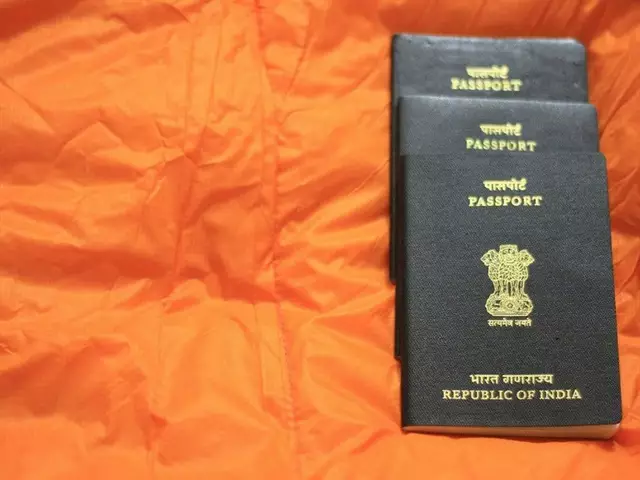Aviation Accidents and Incidents – What You Need to Know
When a plane goes down, headlines flash, social media explodes, and questions flood in. That's why we’ve gathered the most recent aviation accidents and incidents in one place. Whether you’re a frequent flyer, an aviation enthusiast, or just curious, this page gives you straight‑forward facts and practical takeaways.
Why Tracking Accidents Matters
Every incident, big or small, teaches the industry something new. Regulators study crash reports to tighten safety rules. Airlines tweak procedures to avoid repeating mistakes. For readers, understanding the root causes—like weather, human error, or mechanical failure—helps demystify the risks and shows how safety is constantly improving.
Recent Highlight: Air India Express Flight 1344
One of the most talked‑about events this year was the Air India Express crash in Calicut, Kerala. On August 7, 2020, an Airbus A320neo tried to land in heavy rain and poor visibility. The plane hit the runway at a high speed, broke apart, and caught fire. Eighteen passengers and both crew members lost their lives.
The investigation by India’s Air Accident Investigation Bureau revealed a high‑energy descent and possible pilot disorientation due to the weather. While the final report is still pending, early findings point to the need for better low‑visibility landing protocols and more robust crew training for storm conditions.
What can you learn from this? First, severe weather remains a top risk factor. Second, airlines worldwide are adopting enhanced approach procedures, such as automated low‑visibility guidance systems, to reduce reliance on visual cues.
Beyond this case, the category page continually updates with new stories—like runway overruns, mid‑air technical failures, and rare bird‑strike incidents. Each article includes a brief description, key facts, and the latest investigation updates.
We keep the language simple because you don’t need jargon to grasp safety improvements. For example, if a report mentions a “high‑energy descent,” think of it as the plane coming down too fast, which reduces the margin for error during touchdown. If you see “pilot disorientation,” imagine trying to land a car in thick fog without clear road markings.
Staying informed also means spotting patterns. Over the past decade, data shows that most accidents happen during takeoff or landing—phases when pilots have the least room for error. That’s why training programs now emphasize these critical moments, and why technology like enhanced ground proximity warning systems is becoming standard.
Want to stay ahead of the curve? Keep an eye on our updates. We pull reports from official bodies like the NTSB, EASA, and local investigation bureaus, so you get reliable info without the scare‑tactics. When a new incident breaks, we post a short, factual summary within hours.
Finally, remember that air travel remains one of the safest ways to get around. Each accident triggers a wave of reforms that make future flights even safer. By reading these updates, you’re part of the safety loop—more informed passengers push airlines to keep raising the bar.
Got a question about a specific crash or want a deeper dive into a safety topic? Drop a comment, and we’ll add it to the next update. Your curiosity fuels better understanding, and better understanding drives safer skies.
Air India Flight 1344 was a scheduled Air India Express international passenger flight from Dubai to Calicut International Airport, Kerala, India, on 7 August 2020. The aircraft, an Airbus A320neo, crashed while attempting to land in heavy rain and poor visibility, killing 18 passengers and both crew members. The incident is being investigated by the Air Accident Investigation Bureau, which found that the aircraft had entered a high-energy descent and impacted the runway at a high speed, causing the aircraft to break apart and catch fire. The cause of the crash is still under investigation, but preliminary reports suggest that the pilots may have become disoriented due to the weather conditions.
Read more





